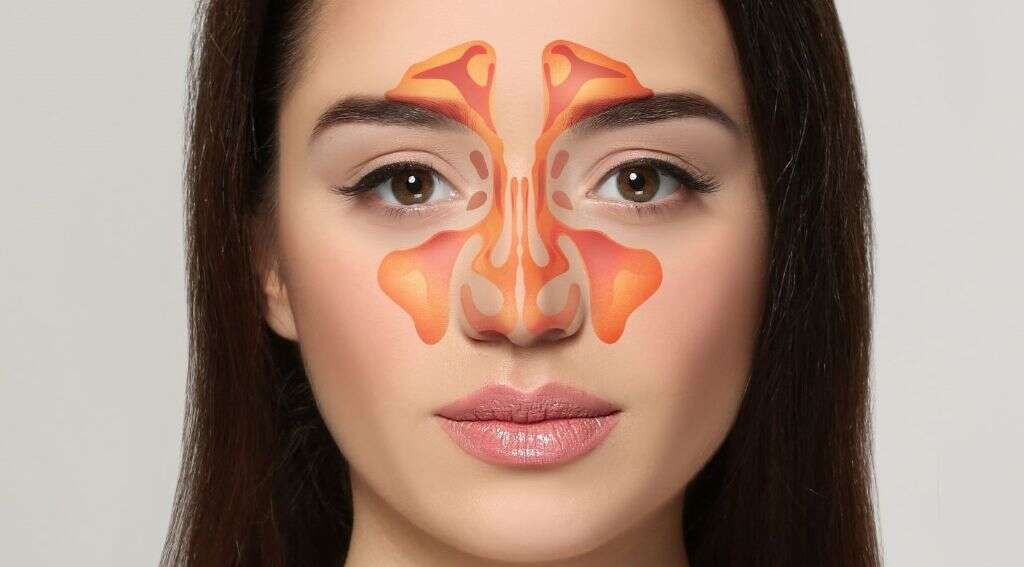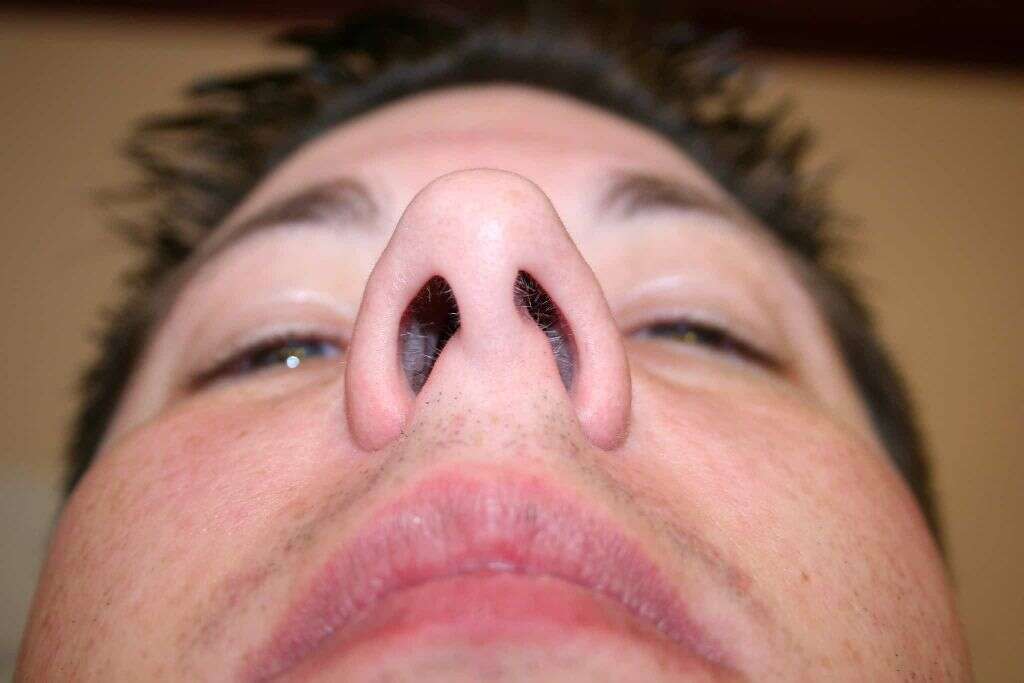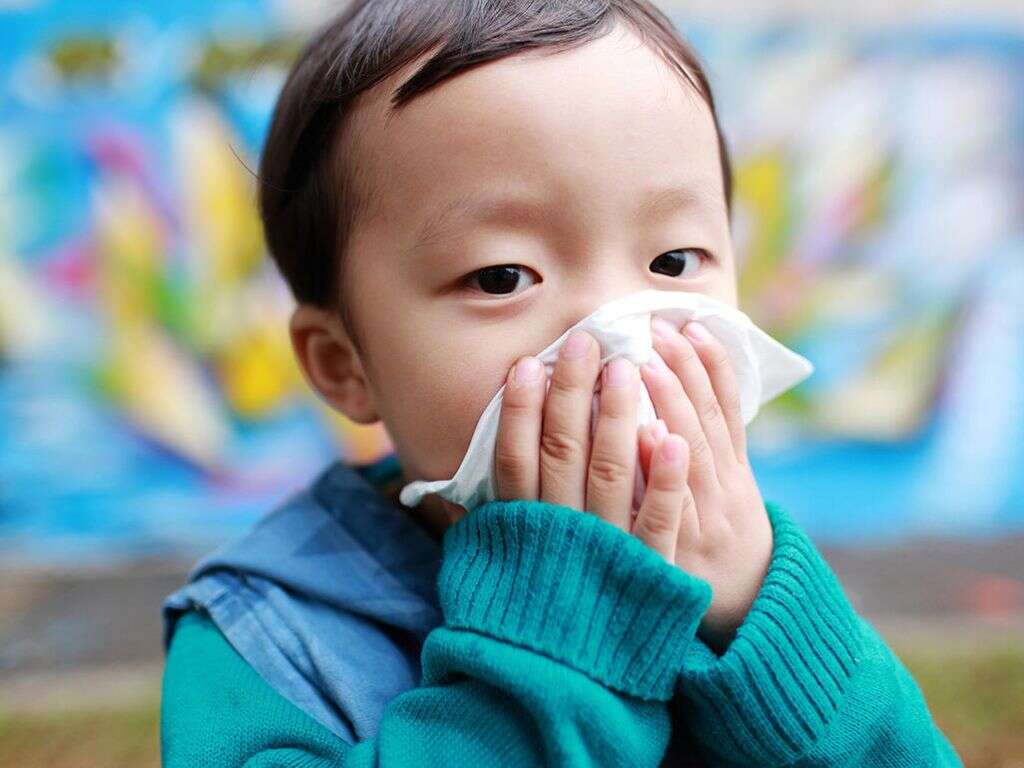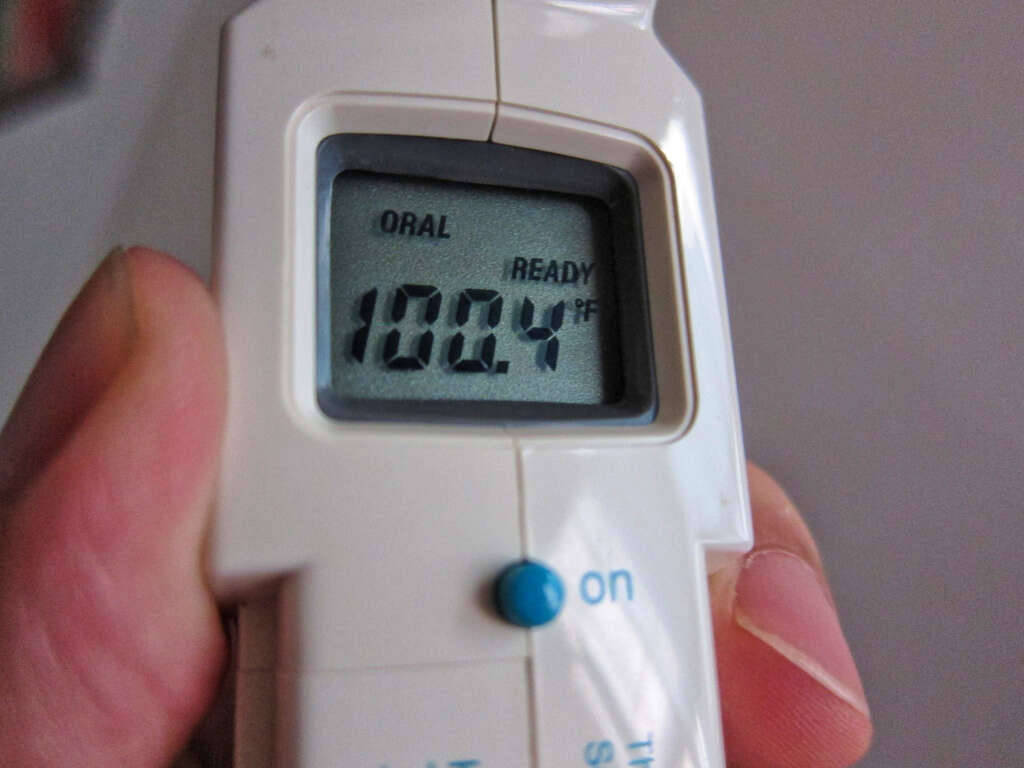What Is a Sinus Infection?
It is quite common for us to develop a runny and stuffy nose. When we do, we will often just put it down to a cold and, in most cases, that will be exactly what it is. This is not always the case, however, and in some instances, it might be down to a sinus infection, although sinus infections are often caused by colds.
Sinus infections can be quite unpleasant, but not terribly so and they are not usually dangerous. Most of the time, the condition will clear up within 2-4 weeks with no permanent damage done. It is also a common condition, with approximately 35 million people getting a sinus infection every year in the US alone.

1. Sinuses
Sinuses are cavities that are located in the skull. They are located in the cheekbones and in the foreheads. There are 4 types of sinus, which are the maxillary sinuses, ethmoid sinuses, a frontal sinus, and sphenoid sinuses. There is still some debate over what exactly they are for, but we do know that they produce a mucus (snot) that that helps to protect us against pathogens and dirt particles from being inhaled into the lungs.
Other likely uses are that they help to make our skulls lighter that than they otherwise would be, while it is also thought that they can help to enhance our voices.

2. Sinusitis
The sinuses are lined with a delicate lining, and this lining can become prone to inflammation. When this occurs, it is a condition known as sinusitis. When these tissues become inflamed, the swelling can cause the sinuses to become blocked. Mucus can become trapped inside and begin to accumulate.
This also creates a haven for pathogens and infections can take hold. There are various potential causes of sinusitis, and it can affect people of all ages. Thankfully, the condition is not usually a serious one, and it is also usually fairly straightforward to treat. Some people will have surgery to expand their sinuses if they are particularly bothersome.

3. Types
Sinusitis can be broken down into 4 main categories according to the severity of the symptoms and how long it lasts for. Perhaps the most common type is acute sinusitis, and this will usually last for between 2-4 weeks. Another type is subacute sinusitis. This is often caused by allergies and bacterial infections and can last for 3 months.
Chronic sinusitis can last for more than 3 months but, thankfully, the symptoms tend not to be as severe as in the other types. Then there’s recurrent sinusitis, which means that the condition will reoccur multiple times in a single year.

4. Symptoms
One of the main symptoms of a sinus infection is that the patient will have congestion and a runny nose. A cough is also common, and the congestion will also often mean that the patient will lose their sense of smell to a degree at least.
A sinus infection will also often cause the patient to feel pain in their face, or maybe a sensation of pressure in the area. Some patients will also develop a fever and this will sometimes be accompanied by chills. Others will also experience dental pain, and bad breath will also be a problem for some people.

5. Irritated Nose Lining
There are numerous potential causes of a sinus infection, and one of them is that the tissues lining the inside of your nose become irritated and inflamed. One of the most common reasons for this is the common cold, so some people that catch a cold will go on to develop sinusitis.
Another potential cause of this irritation is rhinitis. This basically means that the lining of the nose is easily irritated. Rhinitis can be both allergic and nonallergic, but it is usually allergic rhinitis, particularly from hay fever, that results in a sinus infection. If you have allergic rhinitis then antihistamines should be able to relieve you of your symptoms.

6. Deviated Septum
The septum is the name of the bony ridge in your nose, and it separates the two nasal cavities from each other. A deviated septum is when the septum is not straight, and this can cause the nasal passages to become blocked. A deviated septum is sometimes something people are born with, while it is often caused by an injury.
This blocking of the nasal passages can also mean that the ducts coming from the sinuses can also be blocked. A blockage of these ducts increases the risk of a sinus infection developing. Other conditions that block these ducts can also result in a sinus infection.

7. Nasal Polyps
Many people have small grape-like growths on the inside of their noses or sinuses, and these are known as polyps. These are noncancerous and painless, and most people don’t even know that they are there at all. They result from inflammation of the tissues, and are associated with conditions like asthma, allergies, and recurring infections.
While these polyps are usually harmless, they can occasionally cause problems for the patient, and one of those problems is a sinus infection. If they do begin to cause problems for the patient, then it is a fairly straightforward procedure to have them removed.

8. Immune System Weakness
We all get sick from time to time but, thankfully, it doesn’t happen too often. This is despite being surrounded by pathogens that can do us harm, and we have our immune systems to thank for keeping us protected. If, for whatever reason, your immune system is weak then you will become more exposed to disease.
If your immune system is weaker than it should be, then infections can take hold more easily, and this can mean more infections of the sinuses. An immune system can be weak through a number of reasons, such as the patient having certain illnesses and/or the use of certain medication.

9. Kids
People of all ages can get a sinus infection, and children are more prone to the condition than adults are. One of the reasons for this is that diseases tend to spread quickly through schools because the children tend to stay grouped closely together throughout the day. Other reasons include the use of pacifiers in particularly young children, and drinking from the bottle while they are lying on their back.
Allergies are also a common cause of sinus infections in kids, and the sensitive tissues of young children are particularly sensitive to smoke and fumes. If a child does develop symptoms of any infection, you should arrange to take them to a doctor.

10. Treatment
Treatment of a sinus infection depends largely on the severity of the condition. In many cases, they will be prescribed decongestants and also saline washes to help remove excess mucus from the sinuses. In many cases of a chronic sinus infection, warm, moist air may be able to help, and vaporizers are also often used.
Many patients will find relief in inhaling the steam that comes from a bowl of warm water. Sometimes, patients will be prescribed antibiotics to help fight the infection. Even without antibiotics, a sinus infection will usually clear up within a couple of weeks or so.










